Streetscaping, the design and shaping of urban streets and public spaces, has become increasingly vital in contemporary city planning. In today’s rapidly urbanizing world, where over half the global population resides in cities, streetscapes play a crucial role in creating vibrant, livable, and sustainable urban environments.
Streetscapes are not merely functional conduits for transportation; they are the lifeblood of cities, shaping the way people interact, move, and experience their surroundings. Well-designed streetscapes can foster a sense of community, promote economic vitality, and enhance the overall quality of life for residents and visitors alike.
However, the challenge lies in striking a delicate balance between aesthetics and functionality, ensuring that streetscapes not only look visually appealing but also serve their practical purposes efficiently. This is where the concept of sustainable streetscaping comes into play, aiming to create urban spaces that are both beautiful and functional while minimizing their environmental impact and promoting long-term sustainability.
Sustainable streetscaping involves the integration of various design elements, such as greenery, public art, and innovative materials, with functional considerations like traffic flow, pedestrian accessibility, and safety. By embracing principles of environmental, economic, and social sustainability, sustainable streetscapes can enhance the overall well-being of communities while contributing to a healthier planet.
Understanding Streetscaping
Streetscaping refers to the design and development of public spaces within urban environments, with a focus on creating visually appealing and functional streetscapes. It encompasses various elements such as sidewalks, landscaping, street furniture, lighting, and public art, all working together to enhance the overall experience and quality of life for residents and visitors.
Historically, streetscape design has evolved from a primarily functional approach to a more holistic and aesthetic consideration. In the early days of urban planning, streetscapes were primarily designed to facilitate transportation and infrastructure needs, with little emphasis on aesthetic appeal or pedestrian experience. However, as cities grew and populations became more urbanized, the importance of creating attractive and livable public spaces became increasingly recognized.
Over time, the concept of streetscaping has undergone a significant transformation, embracing principles of sustainability, environmental stewardship, and community engagement. Modern streetscape design aims to strike a balance between aesthetics and functionality, while also incorporating green infrastructure, promoting walkability, and fostering a sense of place.
The evolution towards sustainable streetscapes has been driven by a growing awareness of the environmental impacts of urban development and a desire to create more resilient and livable cities. Sustainable streetscaping involves the integration of eco-friendly design elements, such as permeable pavements, rain gardens, and urban forests, which not only enhance the visual appeal but also contribute to stormwater management, air quality improvement, and urban biodiversity.
The Aesthetics of Streetscapes
The visual appeal of streetscapes plays a crucial role in creating vibrant, inviting, and livable urban environments. Aesthetically pleasing streetscapes not only enhance the overall ambiance of a city but also contribute to the well-being and satisfaction of residents and visitors alike.
One of the key elements contributing to the aesthetic appeal of streetscapes is the integration of greenery. Well-designed urban forests, tree-lined avenues, and strategically placed planters can soften the harsh lines of concrete and steel, creating a more natural and calming atmosphere. Additionally, greenery can provide much-needed shade, improve air quality, and promote biodiversity within urban areas.
Public art is another powerful tool in enhancing the aesthetic appeal of streetscapes. Thoughtfully placed sculptures, murals, and installations can inject vibrancy, creativity, and a sense of identity into urban spaces. These artistic elements not only beautify the streetscape but also serve as focal points, encouraging pedestrian engagement and fostering a sense of community pride.
The architecture of buildings and structures along the streetscape also plays a significant role in shaping its aesthetic appeal. Cohesive and well-designed architectural styles, complemented by thoughtful use of materials and colors, can create a visually stunning and harmonious streetscape. Additionally, incorporating elements such as pedestrian-friendly storefronts, outdoor seating areas, and inviting entrances can further enhance the overall aesthetic experience.
Case studies from around the world highlight the transformative power of aesthetically pleasing streetscapes. The Champs-Élysées in Paris, renowned for its tree-lined grandeur and iconic architecture, is a prime example of how aesthetics can elevate a streetscape to iconic status. Similarly, the Ramblas in Barcelona, with its vibrant street performers, lively cafés, and striking architecture, showcases the harmonious integration of various aesthetic elements.
In Melbourne, Australia, the city’s laneways have been transformed into vibrant outdoor galleries, adorned with captivating street art and installations. These once-forgotten alleyways now serve as popular tourist attractions, highlighting the ability of public art to breathe new life into urban spaces.
Ultimately, the aesthetics of streetscapes play a vital role in creating inviting, engaging, and memorable urban environments. By thoughtfully incorporating greenery, public art, and well-designed architecture, cities can foster a sense of pride, promote community engagement, and enhance the overall quality of life for their residents and visitors.
Functionality in Streetscape Design
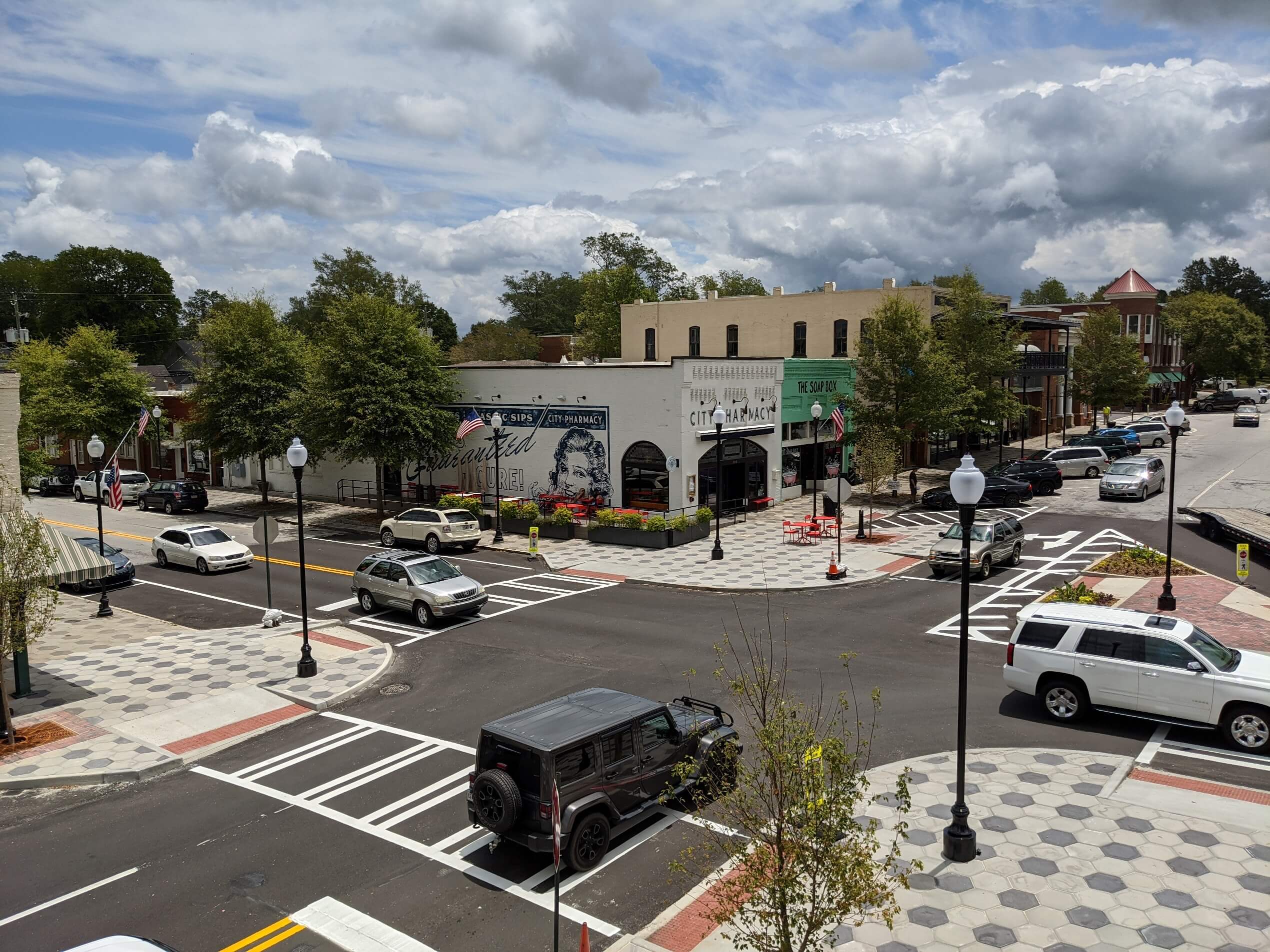
Functionality is a critical aspect of streetscape design, ensuring that urban spaces not only look visually appealing but also serve their intended purposes effectively. A well-designed streetscape should prioritize elements that facilitate efficient movement, accessibility, and safety for all users, including pedestrians, cyclists, and motorists.
Key functional elements in streetscape design include:
- Traffic Flow: Streetscapes should incorporate thoughtful traffic management strategies to ensure smooth vehicular movement while minimizing congestion and promoting road safety. This may involve the implementation of dedicated turn lanes, traffic signals, and well-designed intersections.
- Pedestrian Pathways: Providing safe and accessible pedestrian pathways is essential for encouraging walkability and promoting active transportation. This includes features such as wide sidewalks, clearly marked crosswalks, pedestrian bridges or underpasses, and adequate lighting for nighttime visibility.
- Accessibility: Streetscapes should be designed with inclusivity in mind, ensuring that individuals with disabilities or mobility challenges can navigate the space comfortably. This may involve incorporating elements such as ramps, tactile paving, and audible traffic signals.
- Safety: A functional streetscape prioritizes the safety of all users. This can be achieved through various design elements, such as dedicated bike lanes, traffic-calming measures (e.g., speed humps, chicanes), and adequate lighting to improve visibility.
Examples of functional streetscape designs can be found in cities around the world. For instance, the city of Copenhagen, Denmark, is renowned for its pedestrian-friendly streetscapes, featuring wide sidewalks, dedicated bike lanes, and well-designed intersections that prioritize non-motorized transportation. Similarly, the city of Barcelona, Spain, has implemented “superblocks” – large pedestrian-friendly zones that restrict vehicular traffic and promote active transportation.
By prioritizing functionality in streetscape design, urban planners and civil engineers can create spaces that not only enhance the aesthetic appeal of a city but also contribute to improved mobility, accessibility, and overall quality of life for residents and visitors alike.
Principles of Sustainable Streetscape Design
Sustainable streetscape design is rooted in the broader concept of sustainability in urban planning. This approach recognizes that cities and their infrastructure must be developed in a way that meets the needs of the present without compromising the ability of future generations to meet their own needs. Sustainable streetscaping aims to create public spaces that are not only visually appealing but also environmentally responsible, economically viable, and socially inclusive.
At the core of sustainable streetscape design are three fundamental principles: environmental sustainability, economic sustainability, and social sustainability.
Environmental Sustainability: This principle focuses on minimizing the environmental impact of streetscapes and promoting ecological balance. It involves strategies such as incorporating green infrastructure, reducing energy consumption, and promoting biodiversity. Green infrastructure elements, such as rain gardens, permeable pavements, and urban forests, play a crucial role in managing stormwater runoff, mitigating urban heat island effects, and improving air quality.
Economic Sustainability: Sustainable streetscapes should be designed with long-term economic viability in mind. This includes considering the initial construction costs, as well as the ongoing maintenance and operational expenses. Sustainable design solutions often have higher upfront costs but can lead to significant long-term savings through reduced energy consumption, lower maintenance requirements, and increased property values in the surrounding areas.
Social Sustainability: Streetscapes are public spaces that should be inclusive and accessible to all members of the community. Socially sustainable streetscapes prioritize pedestrian safety, provide opportunities for community engagement and social interaction, and promote a sense of place and cultural identity. Design elements such as wide sidewalks, seating areas, public art, and inclusive play spaces can contribute to social sustainability.
Integrating green infrastructure is a key strategy in sustainable streetscape design. Green infrastructure refers to the network of natural and semi-natural features that provide ecosystem services and support the overall health and resilience of urban environments. Examples of green infrastructure elements in streetscapes include bioswales, rain gardens, permeable pavements, urban forests, and green roofs. These features not only enhance the aesthetic appeal of streetscapes but also provide functional benefits such as stormwater management, air purification, and urban cooling.
Balancing Aesthetics and Functionality
Achieving a harmonious balance between aesthetic appeal and functional efficiency is one of the greatest challenges in sustainable streetscape design. On one hand, visually attractive streetscapes with vibrant greenery, public art installations, and architecturally pleasing structures can enhance the urban experience, fostering a sense of pride and community among residents. However, these aesthetic elements must coexist seamlessly with practical considerations such as efficient traffic flow, accessible pedestrian pathways, and robust safety measures.
Strategies for achieving this delicate balance include the incorporation of multi-functional design elements. For instance, rain gardens not only contribute to the streetscape’s visual appeal with their lush vegetation but also serve the crucial function of managing stormwater runoff. Similarly, permeable pavements can enhance the aesthetic appeal while facilitating groundwater recharge and mitigating urban flooding.
The strategic use of local and sustainable materials is another key approach to balancing aesthetics and functionality. By sourcing materials from nearby regions, streetscape designers can reduce the environmental impact of transportation while simultaneously celebrating the unique character and identity of the local community. Additionally, the use of recycled or repurposed materials can imbue streetscapes with a distinct aesthetic while promoting sustainability.
Community involvement in the design process is also essential for striking the right balance. By actively engaging with local residents, urban planners, and other stakeholders, designers can gain valuable insights into the specific needs and preferences of the community. This collaborative approach not only ensures that the streetscape design resonates with the local population but also fosters a sense of ownership and pride, encouraging long-term maintenance and stewardship.
Successful examples of balanced streetscapes can be found in various cities around the world. The revitalized Cheonggyecheon Stream in Seoul, South Korea, seamlessly integrates natural elements like flowing water and lush vegetation with pedestrian walkways and public spaces, creating a visually stunning yet highly functional urban oasis. Similarly, the iconic High Line in New York City has transformed an abandoned elevated railway into a vibrant linear park, offering breathtaking views and recreational opportunities while serving as a catalyst for economic development in the surrounding neighborhoods.
The Civil Engineer’s Role in Sustainable Streetscaping

As the backbone of urban infrastructure, civil engineers play a crucial role in the design and implementation of sustainable streetscapes. Their responsibilities span from conducting feasibility studies and site analyses to overseeing construction and maintenance.
Interdisciplinary collaboration is essential in streetscape projects, as civil engineers must work closely with urban planners, architects, landscape architects, and environmental specialists. This collaborative approach ensures that the design incorporates aesthetic elements while adhering to functional requirements and sustainability principles.
Civil engineers leverage a range of tools and technologies to create sustainable streetscapes. Computer-aided design (CAD) software and building information modeling (BIM) facilitate the integration of various design elements and enable efficient coordination among stakeholders. Geographic information systems (GIS) and remote sensing technologies aid in data collection, analysis, and visualization, supporting informed decision-making.
Furthermore, civil engineers employ advanced modeling and simulation techniques to analyze the performance of streetscape components under different scenarios, such as traffic flow, stormwater management, and pedestrian circulation. Life cycle assessment (LCA) tools help evaluate the environmental impact of materials and construction processes, enabling the selection of sustainable alternatives.
Sustainable streetscape design also necessitates the incorporation of green infrastructure, such as permeable pavements, rain gardens, and urban forests. Civil engineers play a crucial role in designing and implementing these features, ensuring they function effectively while contributing to the overall aesthetic appeal of the streetscape.
By combining technical expertise with a commitment to sustainability, civil engineers are instrumental in creating streetscapes that balance form and function, enhancing the quality of life in urban environments while minimizing environmental impact.
Case Studies of Sustainable Streetscapes
Sustainable streetscaping is more than just a theoretical concept—it’s a reality that has been successfully implemented in various cities around the world. Two notable examples that showcase the balance between aesthetics and functionality are Copenhagen’s green streets and New York City’s High Line.
Copenhagen’s Green Streets
Copenhagen has long been at the forefront of sustainable urban design, and its streetscaping efforts are no exception. The city’s green streets initiative has transformed traditional roadways into vibrant, eco-friendly corridors that prioritize pedestrians and cyclists while incorporating innovative stormwater management systems.
One of the standout features of Copenhagen’s green streets is the extensive use of rain gardens and bioswales. These landscaped depressions capture and filter stormwater runoff, reducing the burden on the city’s drainage system and preventing pollutants from entering waterways. The rain gardens are strategically integrated into the streetscape, adding visual interest with their diverse vegetation and providing habitats for urban wildlife.
In addition to their functional benefits, Copenhagen’s green streets are aesthetically pleasing. The incorporation of trees, shrubs, and flowering plants creates a sense of tranquility and natural beauty within the urban environment. Public art installations and unique paving patterns further enhance the visual appeal, making these streets not just functional but also inviting public spaces.
The High Line, New York City
The High Line in New York City is a remarkable example of repurposing an abandoned elevated rail line into a sustainable and visually stunning public park. This 1.45-mile-long linear park has become an iconic attraction, drawing visitors from around the world to experience its unique blend of nature and urban design.
The High Line’s design showcases the principles of sustainable streetscaping by incorporating various green infrastructure elements. Permeable pavements and strategically placed plantings help capture and filter stormwater runoff, while the diverse vegetation provides natural cooling and improves air quality in the surrounding areas.\
Aesthetically, the High Line is a masterpiece. The park’s designers have skillfully integrated the remnants of the old rail line into the landscape, creating a seamless fusion of industrial heritage and natural beauty. Thoughtfully curated plantings, public art installations, and unique seating areas offer visitors a multisensory experience that celebrates the intersection of nature and urban living.
Lessons Learned and Best Practices
The success of these sustainable streetscape projects offers valuable lessons and best practices for future initiatives:
- Interdisciplinary Collaboration: Both Copenhagen and New York City’s projects involved collaboration among urban planners, landscape architects, civil engineers, and community stakeholders. This interdisciplinary approach ensured that aesthetic, functional, and sustainability goals were effectively integrated
- Community Engagement: Engaging local communities throughout the design and implementation process is crucial. Copenhagen’s green streets and the High Line were shaped by public input, fostering a sense of ownership and ensuring that the streetscapes meet the needs of the people who use them.
- Innovative Design Solutions: These projects demonstrate the importance of thinking outside the box and exploring innovative design solutions. Copenhagen’s rain gardens and the High Line’s repurposing of an abandoned rail line are prime examples of creative problem-solving.
- Prioritizing Multi-Functionality: Successful sustainable streetscapes serve multiple purposes, combining aesthetic appeal with functional elements like stormwater management, pedestrian accessibility, and ecological benefits.
- Maintenance and Adaptability: Sustainable streetscapes require ongoing maintenance and the ability to adapt to changing conditions. Both Copenhagen and New York City have established plans for maintaining and enhancing their streetscapes over time, ensuring their long-term viability.
By learning from these case studies and implementing best practices, cities around the world can create sustainable streetscapes that not only beautify urban environments but also contribute to environmental, economic, and social sustainability.
Future Trends in Streetscape Design
Sustainable streetscapes are not a static concept but an ever-evolving field driven by technological advancements, environmental changes, and shifts in urban planning policies. Several emerging trends are shaping the future of streetscape design, promising to enhance both aesthetic appeal and functional efficiency while prioritizing sustainability.
One of the most significant trends is the integration of smart technology into streetscapes. Smart streetlights, for instance, can automatically adjust their brightness based on ambient light levels and pedestrian traffic, reducing energy consumption and light pollution. Sensor networks embedded in streetscapes can collect data on air quality, noise levels, and pedestrian flow, enabling real-time monitoring and adaptive management strategies.
Adaptive design is another trend gaining momentum in sustainable streetscaping. This approach involves creating flexible and modular streetscapes that can be easily reconfigured or repurposed as needs evolve. For example, streets may be designed to temporarily close to vehicular traffic during peak pedestrian hours or special events, transforming into vibrant public spaces.
Climate change is also a driving force shaping the future of streetscape design. As extreme weather events become more frequent and intense, streetscapes must be designed to be resilient and adaptable. This may involve incorporating green infrastructure solutions like permeable pavements and rain gardens to mitigate flooding, or using drought-tolerant vegetation and efficient irrigation systems to conserve water resources.
Policy and regulations play a crucial role in promoting and guiding sustainable streetscape design. Many cities and municipalities are adopting green infrastructure policies and implementing design guidelines that prioritize sustainability, accessibility, and community engagement. Incentives and funding programs are also being established to encourage the development of innovative and environmentally responsible streetscape projects.
Overall, the future of sustainable streetscaping lies in embracing cutting-edge technologies, adapting to changing environmental conditions, and fostering a collaborative approach between policymakers, urban planners, civil engineers, and communities. By staying ahead of these trends, cities can create streetscapes that not only enhance the urban experience but also contribute to a more sustainable and resilient future.
Beautiful and Functional Streetscapes for the Future
Streetscapes play a vital role in shaping the urban environment, impacting not only the aesthetic appeal but also the functionality and sustainability of our cities. Achieving a harmonious balance between these elements is a complex task that requires careful planning, innovative design, and collaboration among diverse stakeholders.
As we’ve explored throughout this discussion, sustainable streetscaping is not merely about creating visually appealing spaces; it’s about fostering vibrant, livable communities that prioritize environmental stewardship, economic vitality, and social equity. By integrating principles of sustainability, such as green infrastructure, locally sourced materials, and community involvement, we can create streetscapes that enhance both beauty and functionality while minimizing our ecological footprint.
Civil engineers, urban planners, architects, and policymakers must embrace this holistic approach to streetscape design, recognizing the interdependence of aesthetics, functionality, and sustainability. It is a call to action for all stakeholders to collaborate, think creatively, and push the boundaries of what is possible in sustainable urban development.
Furthermore, we must encourage ongoing innovation and community engagement in the realm of streetscaping. As our cities evolve and face new challenges, such as climate change and technological advancements, we must remain adaptable and open to novel solutions. By fostering public discourse and incorporating diverse perspectives, we can ensure that our streetscapes truly reflect the needs and aspirations of the communities they serve.
Ultimately, sustainable streetscaping is not just a design challenge; it is an opportunity to reshape our urban landscapes into vibrant, resilient, and inclusive spaces that celebrate the harmonious coexistence of beauty, functionality, and environmental stewardship. Let us embrace this opportunity with passion, creativity, and a shared commitment to building a more sustainable future for generations to come.

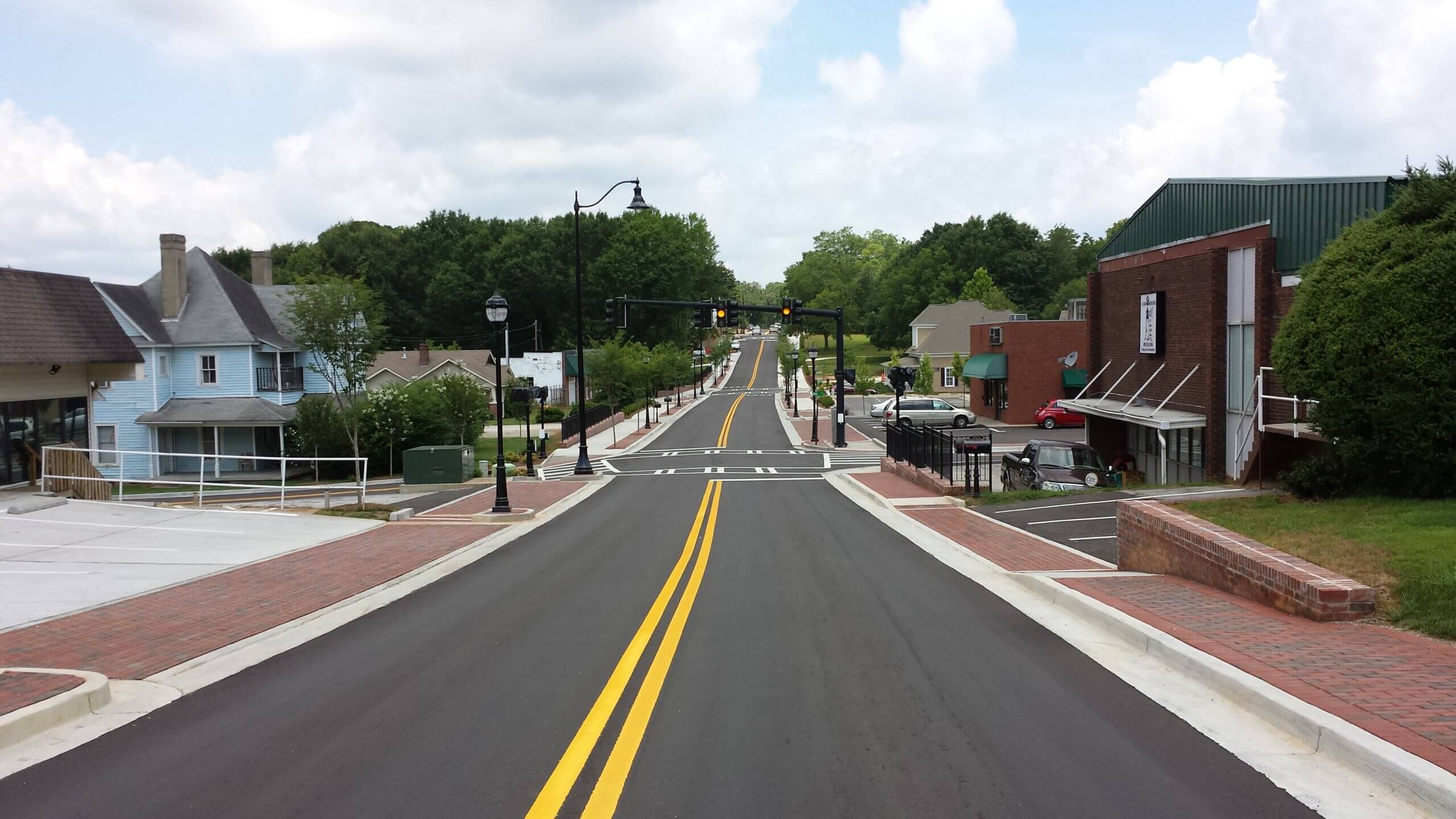
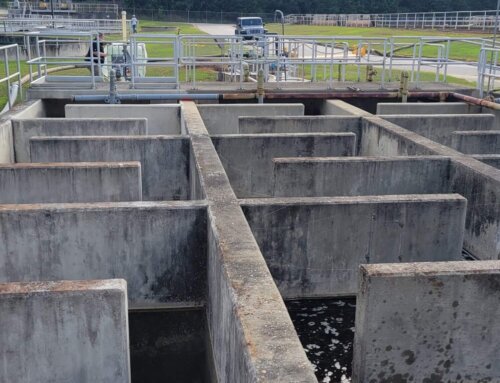

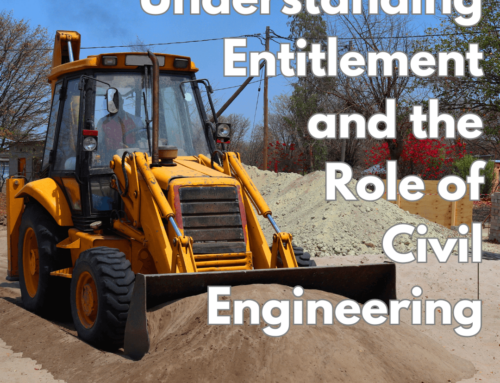
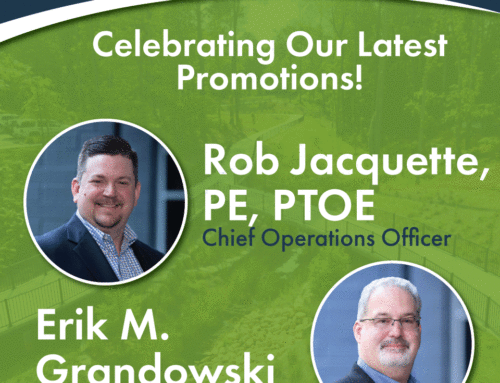

Leave A Comment